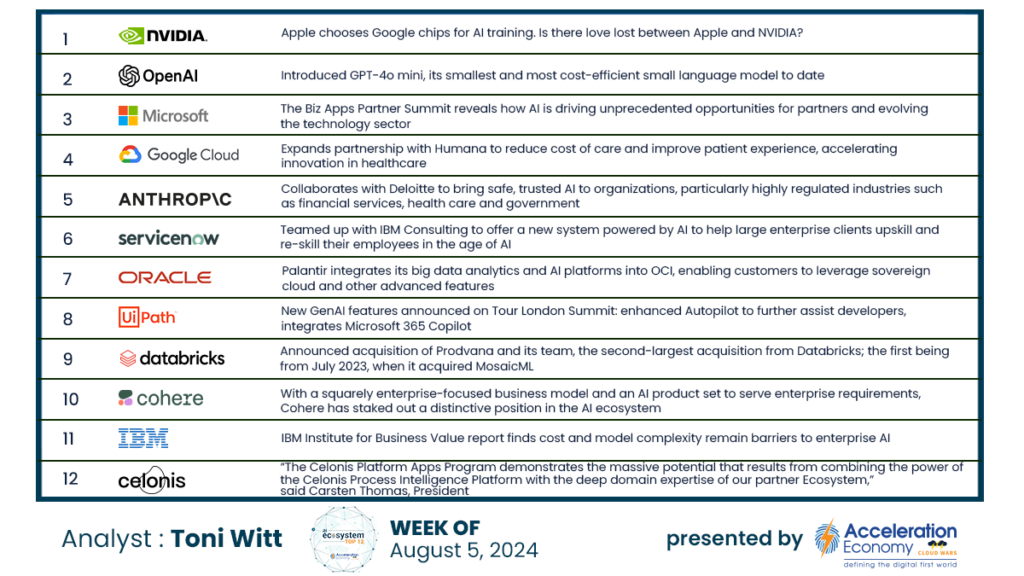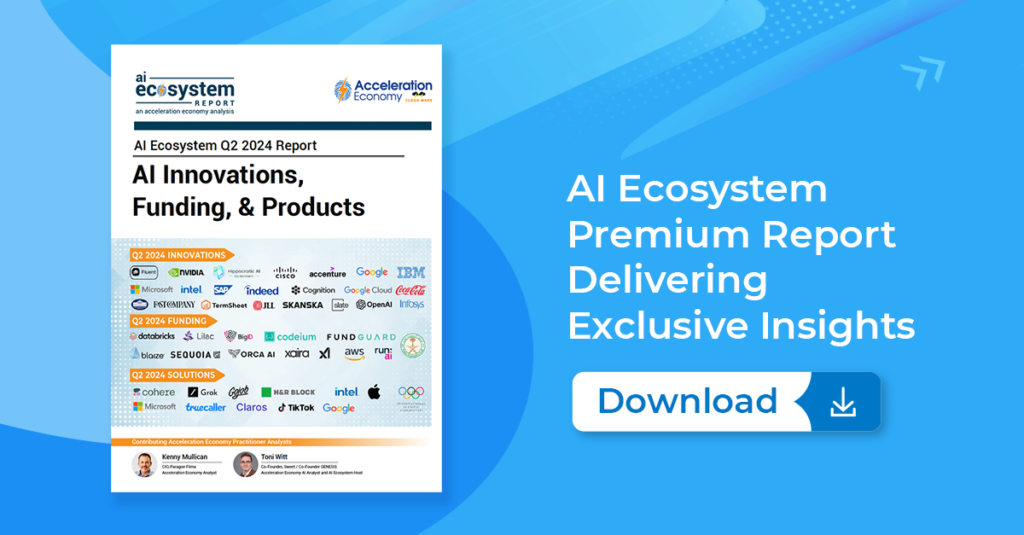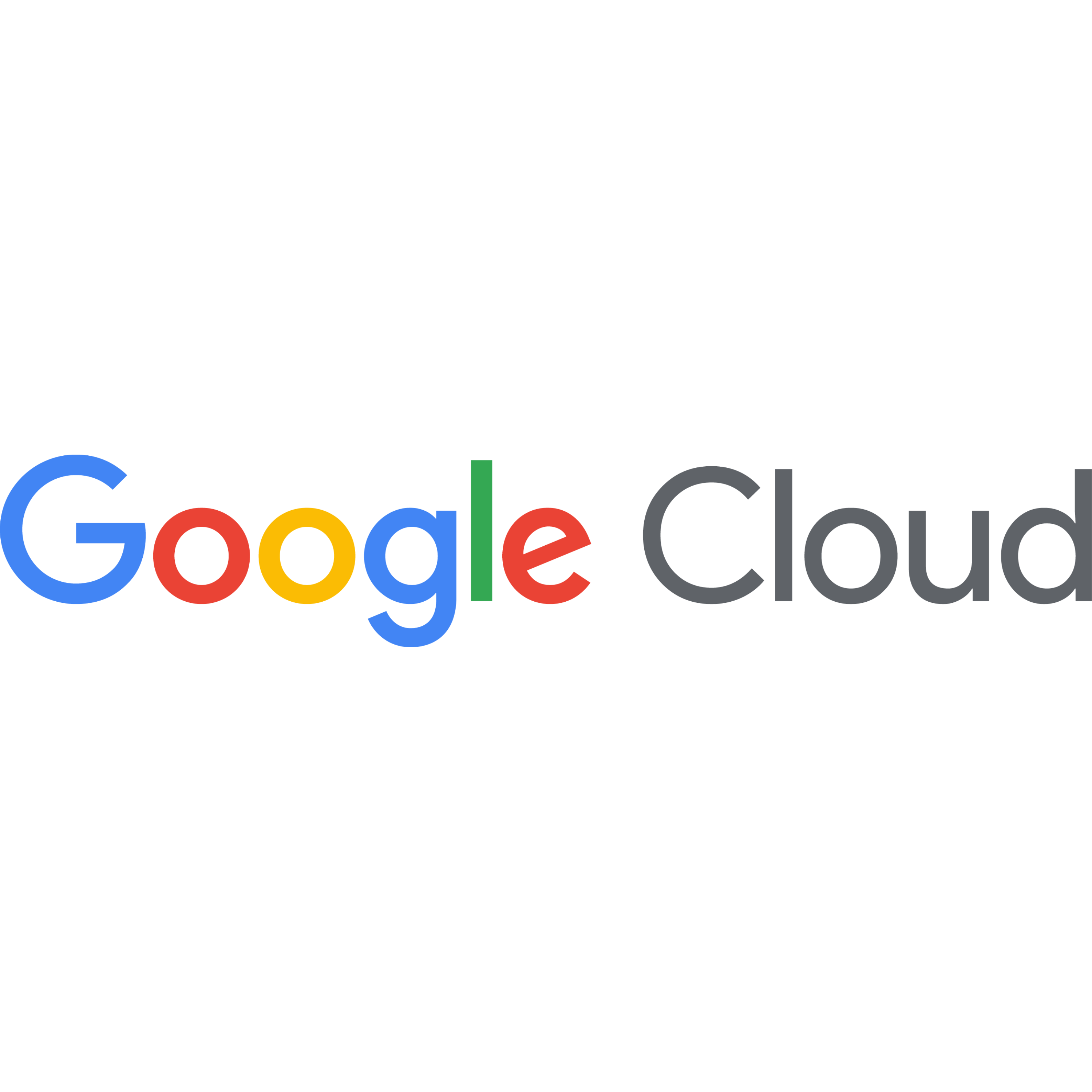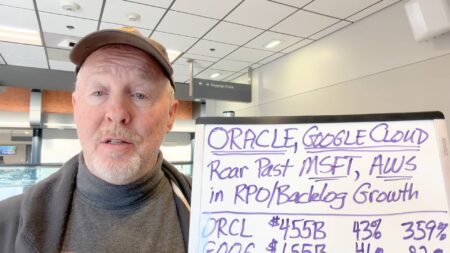
As the world’s #1 fastest-growing major cloud provider, Google Cloud has a full portfolio of high-growth products and services ranging from cloud infrastructure to Gemini AI, databases, end-to-end security, and industry-specific applications.
But I’m starting to wonder if its BigQuery data platform might just be the fastest-growing of all Google Cloud’s wide array of products and services. And from the way Google Cloud is meticulously harmonizing other products and services under BigQuery while also adding significant new capabilities to the data platform, I think we can very safely assume that Google Cloud believes that BigQuery is just at the beginning of what could be a huge growth cycle.
The latest example of BigQuery’s ascent within high-flying Google Cloud was last week’s disclosure that BigQuery is now a real-time event-driven analytical platform. You can get the full technical insights and details here, but to me the most significant repercussion is that BigQuery can now enable customers to dramatically accelerate decision-making based on up-to-the-second data analytics.
This represents a breakthrough in a battle that computer scientists and software engineers have been waging for decades, and that business leaders have been demanding for at least as long: “In a world where change is not only constant but often tumultuous, tell me what the status of my business is right now — not 30 minutes ago, not an hour ago, but right this second!”
That battle has become even more difficult over the last decade as the explosion of data within the global economy has only escalated the technological challenges that must be overcome. If it was hard to generate real-time analytics with the data volumes of the past, then it is surely exponentially more difficult in today’s world as staggering volumes of new data are created each second.
To be sure, other Cloud Wars Top 10 companies are eagerly pursuing the same sorts of real-time outcomes for customers — Oracle would be at the top of that list but as I see it through my very non-technical lens, Google Cloud and BigQuery might have taken the lead spot in this race.

Here’s one of the key excerpts from Google Cloud’s overview of the new real-time capability:
“Historically, ‘real-time’ meant analyzing data that was minutes or even hours old. However, the landscape of data ingestion and analysis is rapidly evolving. The surge in data generation, customer engagement, decision-making, and AI-driven automation has drastically reduced the acceptable latency for decision-making. The demand for insights is no longer minutes or hours, it’s seconds.
“Customer expectations have shifted dramatically, too. Today, they want real-time, personalized interactions across their online experiences. Businesses are under pressure to respond instantly and with all the relevant context, a feat that batch-oriented analysis simply cannot achieve.”
Final Thought
Is there any industry on Earth that could not benefit from truly real-time data analytics? Particularly as digital supply chains proliferate, and business customers as well as consumers demand products and services customized to their fast-changing needs, and GenAI give all of us more freedom to imagine what would best meet our needs.
That’s why I feel this optimism about BigQuery’s new capabilities can mean for business customers, and why I think this latest advancement from Google Cloud tells us a lot about where it believes it can help those customers do things they were never able to do before.
And suppose BigQuery can deliver on that promise. In that case, it will help business leaders take full control over creating their own futures rather than having to hang back and merely respond to what competitors might be doing.

The AI Ecosystem Q2 2024 Report compiles the innovations, funding, and products highlighted in AI Ecosystem Reports from the second quarter of 2024. Download now for perspectives on the companies, innovations, and solutions shaping the future of AI.









